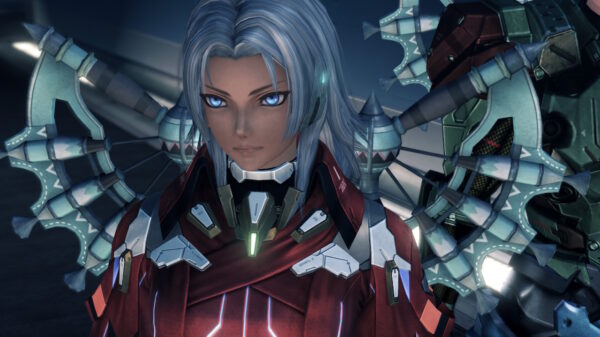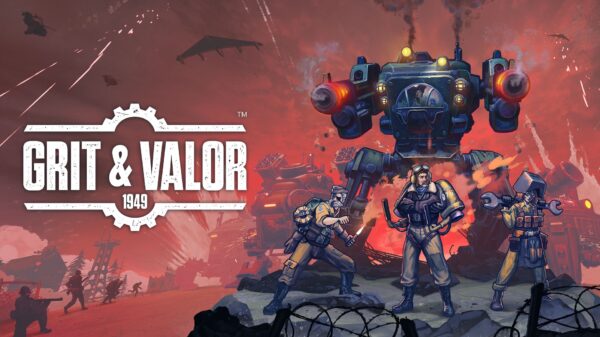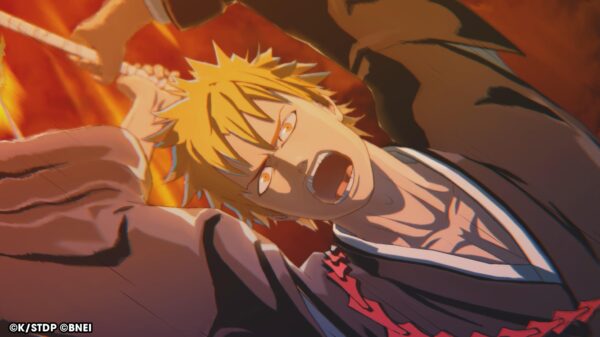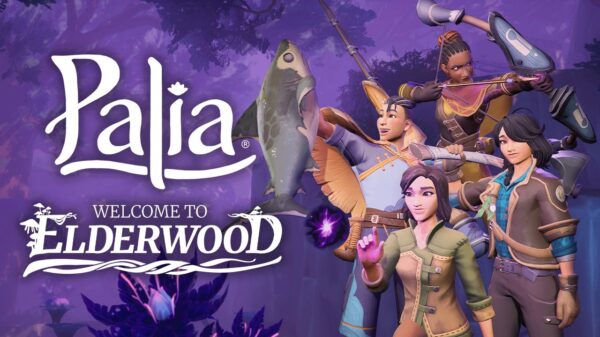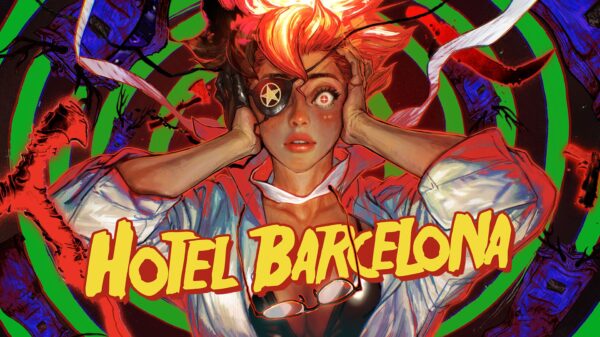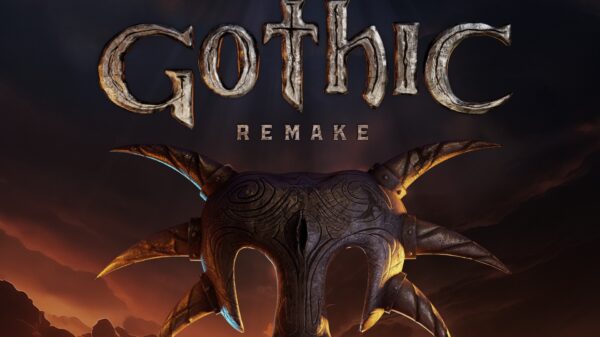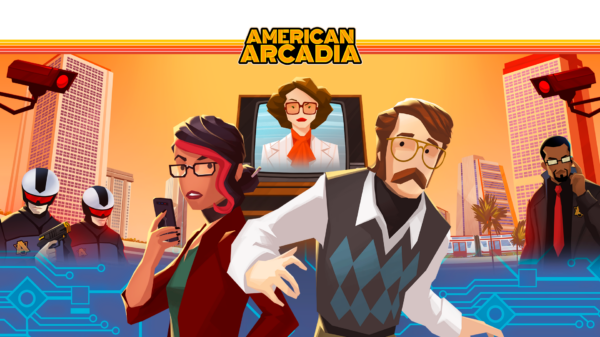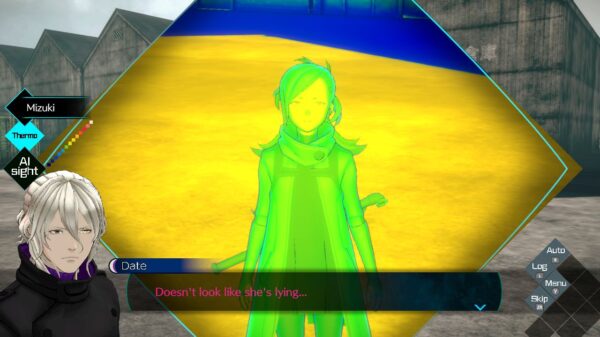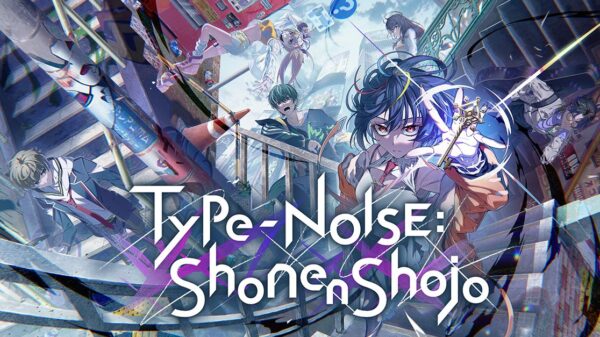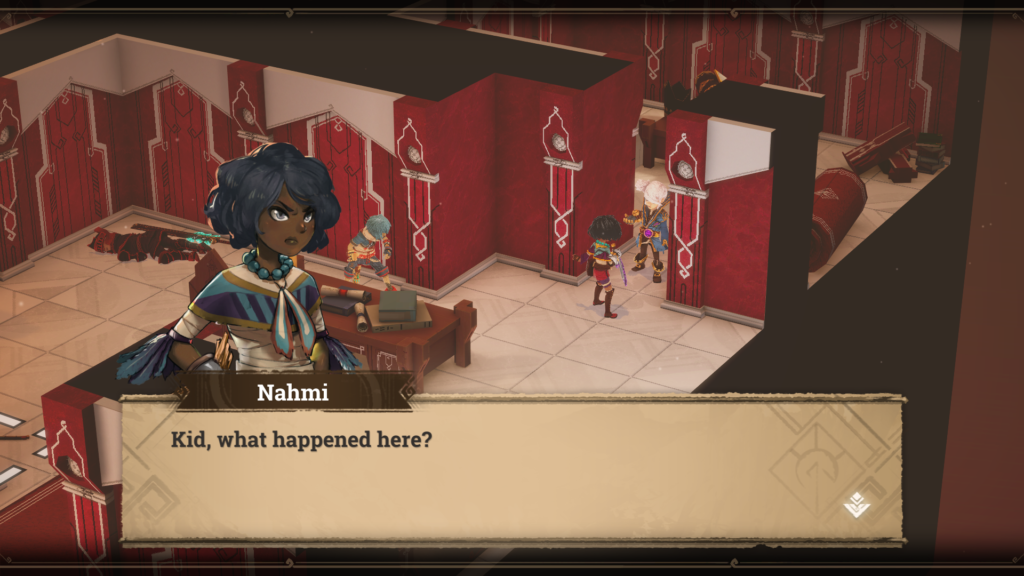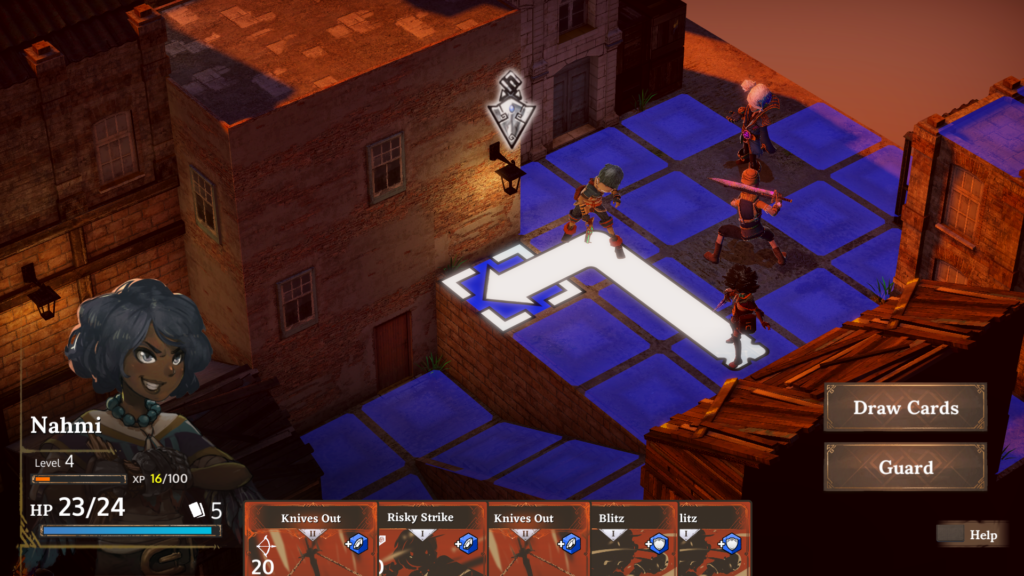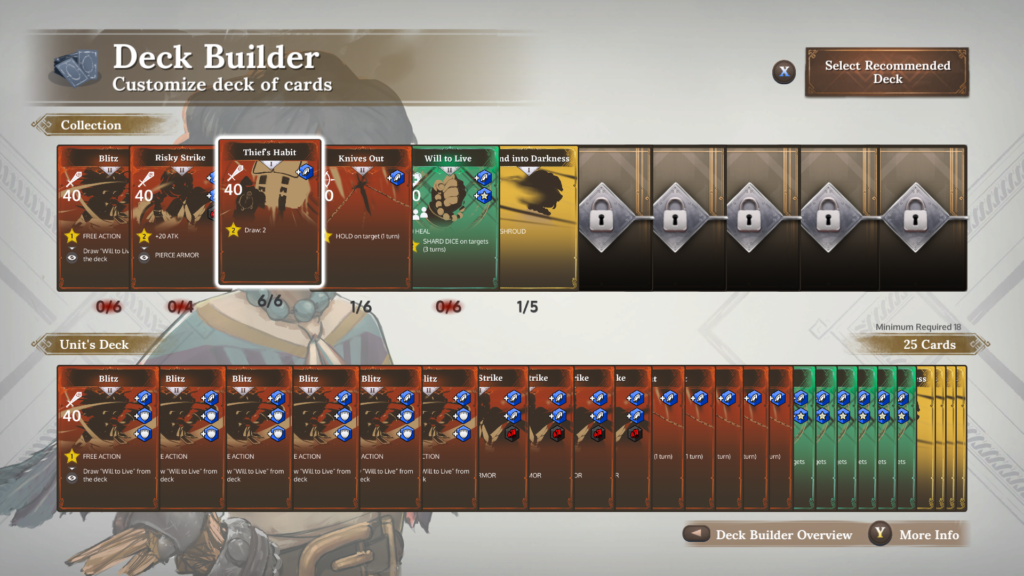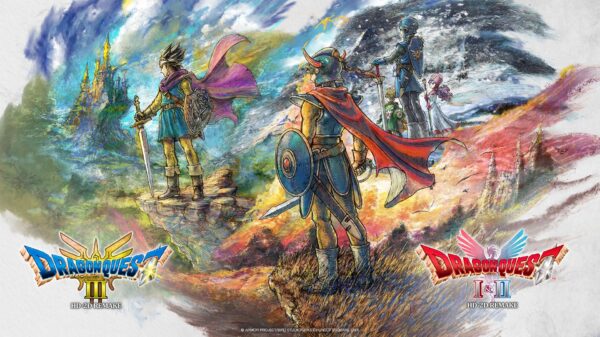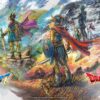Many games have tried to hit the sweet spot of intricate tactical combat with a detailed, overarching story that pulls you in. Children of Zodiarcs is the latest to reach for the sky, but, well, stop me if you’ve heard this before:
Children of Zodiarcs
Developer: Cardboard Utopia
Price: $17.99
Platform: PC (reviewed), Playstation 4
Long ago, the Zodiarcs came down and they were incredibly powerful. There was a war and all knowledge was lost. Now Zodiarc relics are highly valued by the nobility, and more and more of these powerful artifacts are starting to be discovered. A band of thieves plans one big score in the Nobles’ District to steal Zodiarc artifacts. Also, they’re 12 years old.
It’s Six of Crows meets anime. Your tolerance for the tropes of anime storytelling is going to dictate how much of the writing you can handle. Are they foul-mouthed children? Oh yes. Is the leader of their orphanage-thing a seasoned old man that’s maybe 25? He is! Do the evil minions sound like they cannot stand to be in the presence of the sheer badassery that is about to unfold, knowing they’re doomed but sworn to uphold their bonds? Pretty much.
So let’s talk about the tactical combat.
There’s several systems all sort of tied together in here, so we can take it from the top. The tactical combat layer is familiar: During your turn, move units around to hit other units, then wait for their turn to see how they react. Unit positioning and facing can strongly influence the outcome and make attackers vulnerable to strikes and counterstrikes. Friendly fire can be an issue as many magic and ranged attacks do splash damage or hit more than one square.
Terrain is there. I mean you can sometimes climb up on things or take shortcuts across the maps. I couldn’t tell if it had a combat effect. It did seem to boggle the AI. Units would completely ignore a vulnerable unit standing right beside them to go on a rooftop to rooftop chase for no apparent reason.
Combat has some interesting features that don’t play out that well. There’s a fairly robust counterattack system where a head-on attack can be countered and the power of the counterattack can increase with the number of cards you’re holding as well as the Guard action.
Likewise, backstabs can do a lot of damage and don’t get countered. The AI will constantly try to backstab you, while you will constantly try to backstab it, leading to a Dance of the Backstabs or your party hugging the wall as they inch their way forward. At best, this might echo the tension in the knife fight sequence from the video for Michael Jackson’s Beat It. It frequently doesn’t.
Ranged attacks do not get countered, so the best strategy frequently comes down to inching your way forward until you’re just inside the engagement envelope for your ranged attackers, then sending everyone around behind the enemy when they finally deign to engage you for the un-counterable backstab.
If the AI can’t get around your party, it tends to charge headlong into attacks where its heroes will easily die without even denting your side’s armor. That’s assuming the scripting fires. Sometimes it doesn’t until it detects your heroes are relatively close by, leaving you free to heal up and prepare for the next engagement.
Heroes play cards to perform their action. Each hero has a unique deck of cards that do things like Melee Attacks, Ranged Attacks, Curses, Magic Attacks, Support Abilities, and Healing Abilities. As the game goes on and you learn the mechanics, you unlock a deck builder, and cards level up, making customization and interplay between the cards and the heroes a theoretically intricate affair.
On top of that, each time a card is played, you roll a set of dice to influence the outcome. Each die has symbols that can add health, do damage, provide buffs, and otherwise influence what happens. It’s an interesting way of adding some randomness to the overarching tactical/deckbuilding game. You even have to “physically” roll by dragging the mouse and releasing the button. It’s got a good feel and sound to it. The downside is, of course, it gets old and you’ll eventually choose to do it automatically in the menu. Which makes it a curious feature. They obviously spent some time on it, but they also obviously know you’ll get sick of it, which makes it a curious thing to have spent so much time on. There’s even a dicecrafting system to upgrade your dice on top of levelling up cards and grinding up XP on heroes.
There are so many ways to customize and build out your squad that it’s a shame the story missions are so blase. It is easy enough to level grind that some of the story missions become inadvertently funny. In one, a couple of my characters were supposed to escape while another one bought them time, but everyone was overpowered enough that it was a cake walk. “Run! Escape while you can!” Why? We’re mopping the floor with these guys. I screwed up and cast regeneration on everyone including the bad guys and that just made things interesting.
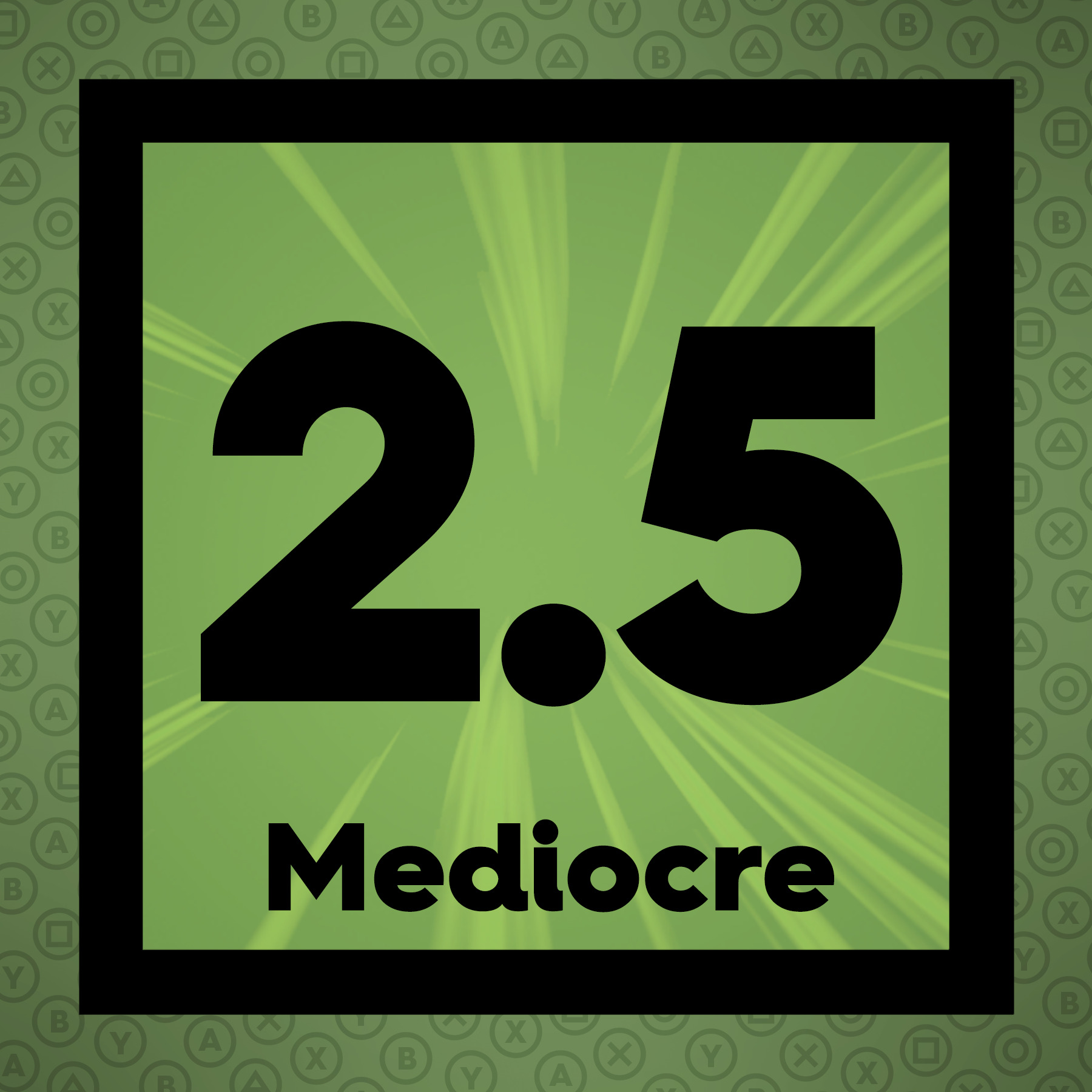 The Final Word
The Final Word
There’s several interesting systems at work here that never quite come together and gel. There’s lots of potential for tactical customization and outfitting that’s not really needed because, with a bit of cheesing, it’s possible to outpace the story arc with your characters and turn every fight into a laugher. The music is outstanding and the characters are a diverse and sometimes even interesting lot, but the anemic battles and bad anime-caliber writing make this one easy to pass up.
– MonsterVine Review Score: 2.5 out of 5 – Mediocre


